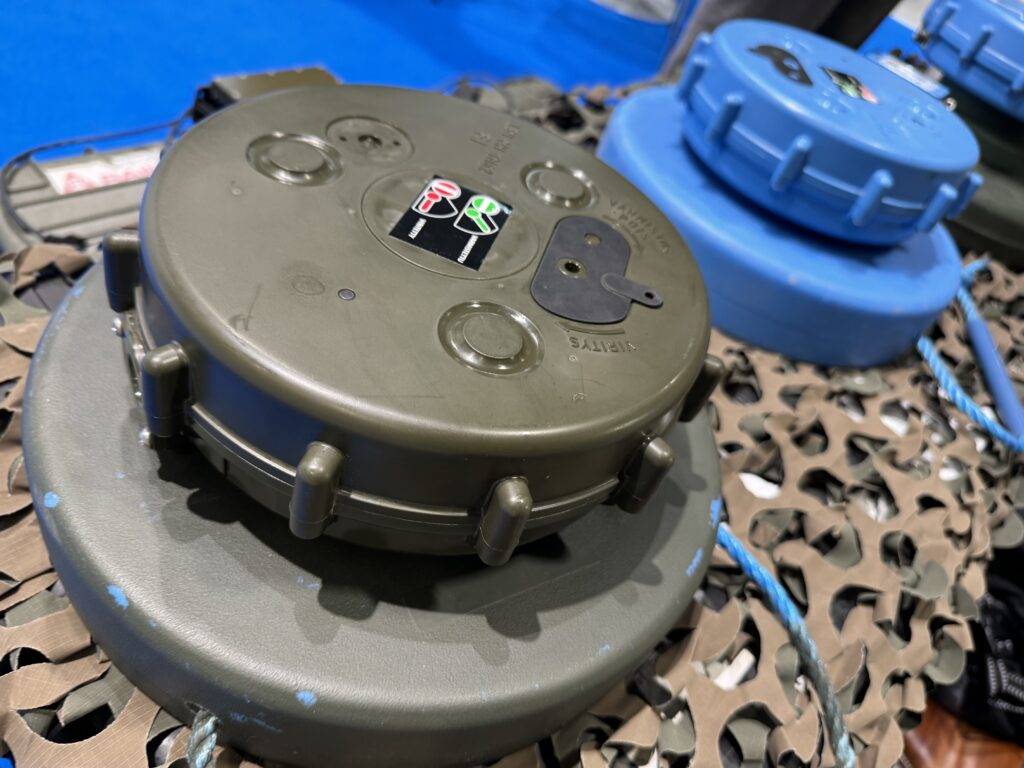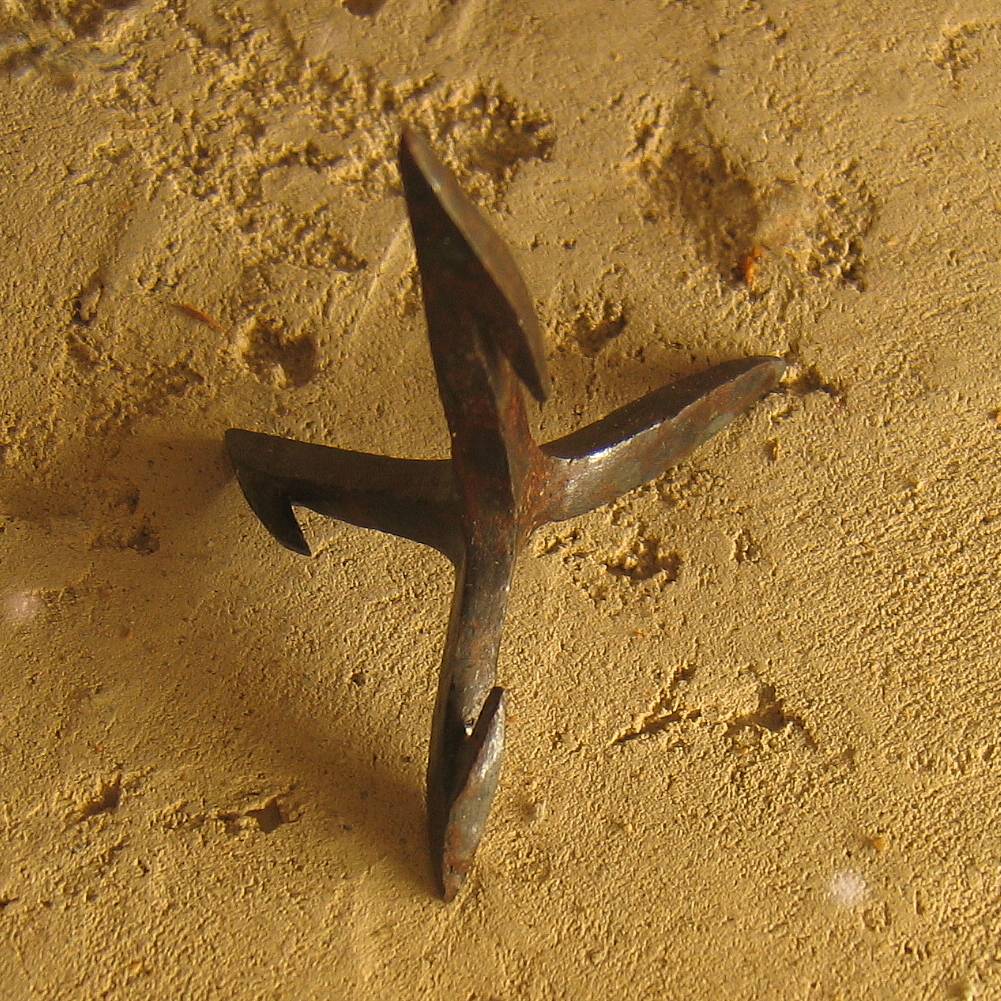A total of 164 countries have signed the Ottawa Convention banning anti-personnel mines – almost all nations, except the global powers. But has the treaty really altered the nature of warfare? In Ukraine, for instance, anti-personnel mines are still employed by both sides of the conflict. In the face of virtuous yet unilateral restrictions on weaponry, whose interests are truly served?
Biomimetics – the study and application of natural phenomena to innovate new technologies – has long been used to develop solutions, including within the arms industry. It has inspired advancements in aerodynamics, stealth technology, and armour, drawing on nature’s examples like the wings of birds or the signature management, the camouflaging abilities of animals. With the exponential growth of artificial intelligence and computing power, the potential for biomimetic applications is greater than ever.

A representative from a Western biomimetics firm stated that their research should not be applied to military purposes. This ethical stance is admirable, but should the Free West not utilize its entire arsenal of knowledge – from AI and robotics to biomimetics and traditional weapons – to defend freedom and equality in a world where the number of democracies is declining? Are we not already sufficiently challenged by our adversaries and technological hurdles? Why should we make things more difficult, especially when resources are becoming scarcer and our enemies are growing stronger?
Noble ideas certainly deserve their champions. But the more we empower our defence industries to develop advanced technologies, whether military or dual-use, the less blood will be spilled. Moreover, fewer resources will be diverted into tanks, cannons, and missiles. Using civil technologies for dual purposes would reduce the need for traditional military equipment, which is economically unproductive. However, after decades of neglect, even this basic need is now urgent.
Once Blood is Shed, Treaties are Forgotten
In Europe, we have a long tradition of limiting our own defence capabilities, often disregarding what the other side is doing. Once conflict begins, high ideals and agreements tend to fade as reality sets in. The price of these idealistic restrictions is always paid at the beginning of a war through unnecessary economic and human losses.
This is evident as Ukrainians currently shed their blood on the battlefields. They do so for our comfortable freedom and prosperity, armed by us, while ignoring arms limitation agreements we have signed. Anti-personnel mines are used by both sides. Ukrainians have also excelled at adapting civilian innovations for their military purposes. However, the West’s previous approach of discarding older “dumb” weapons – such as mines and grenades – has made it harder for Ukraine to acquire enough, as many Western countries have abandoned their stockpiles or neglected to maintain them.
The same challenge applies to advanced technologies, from long-range missiles to high-tech innovations. Ukraine needs every tool to end the war swiftly, yet the West provides equipment that only prolongs the conflict. In this war of attrition, we lose our strategic advantage to Putin’s Russia, which now increasingly falls under Beijing’s influence. For Russia, attrition is the only form of warfare in which it can prevail.
West’s Reluctance to Resolve the War
We, the virtuous West, hesitate to provide Ukraine with the means to resolve the war quickly, preferring instead to abide by international agreements that limit our capabilities. Of course, the signatories of those agreements are not the ones fighting this battle.
History shows we have often restricted ourselves. We banned crossbows in the past for being too effective, and more recently, anti-personnel mines due to civilian casualties. However, the Middle Ages’ crossbow ban was soon ignored when it became clear that it was a useful weapon, and that lofty motives were not the real reason for the prohibition. The same applies today.
Restarting history
The Ottawa Treaty, which bans anti-personnel mines, was signed at the end of the Cold War, a time when we naively believed that wars were a thing of the past. Yet, three decades later, Fukuyama’s declaration of the “end of history” has been proven wrong.
In regions of the Global South, the indiscriminate and uncontrolled use of mines to terrorize populations persists. The Ottawa Convention aimed to prevent such atrocities, believing that future wars would be limited to peacekeeping operations and that the West no longer needed mines.
The Mine Ban: A Humanitarian Failure
Despite this, none of the world’s major powers – Washington, Beijing, or Moscow – signed the treaty, knowing that their militaries could not afford to scrap effective weaponry. They happily watched as others gave up their mine stockpiles, while continuing to use mines themselves. In developing nations, mines remain a tool of terror, while in Ukraine, Russian forces use them as part of their military strategy. For Western armies, however, the ban has been largely ineffective and detrimental to defence capabilities.
Boom for the Arms Industry
The Ottawa Convention conveniently coincided with the difficult years after the Cold War for the arms industry. As European armies scaled back and neglected to modernize their forces, the defence industry found opportunities to develop new systems to replace anti-personnel mines. While these innovations may have had some merit, none have truly replaced the effectiveness of mines.
Now that the supposed benefits of the mine ban have faded, the Ottawa and Oslo agreements should follow suit. The same logic applies to newer disruptive technologies – we must not limit our ability to use them for good or, when necessary, to defend ourselves.
Curious parties are pushing for limits on artificial intelligence
There are calls to limit the use of disruptive technologies, especially artificial intelligence and biomimetics, in Western military arsenals. Among the advocates is a billionaire who appears like a character from a James Bond film, choosing sides in the election of the president of the world’s largest democracy. His influence and questionable connections raise concerns about who benefits from restricting AI in warfare. In practice, however, these bans, like the one on crossbows centuries ago, rarely hold. Weapons bans that have succeeded, such as those on chemical weapons, are exceptions, largely ignored in asymmetric warfare in places like Sy
Artificial intelligence doesn’t go rogue
Many argue that the difficulty lies in defining and controlling technologies like AI or biomimetics. Yet, many AI applications in military equipment reduce, rather than increase, bloodshed. AI doesn’t go rogue or commit atrocities.

An example is the anti-personnel mine ban. A mine is a simple device that can be assembled from readily available components, making bans impossible to enforce. Similarly, banning the training of soldiers in mine clearance is ineffective. Knowledge, once gained, cannot be unlearned.
The ancestor of the anti-personnel mine, the “crow’s foot”, a four-pointed metal spike, is a crude but effective weapon. It is not yet banned, and it never will be, as such a device can be quickly produced by anyone with basic welding skills, regardless of what leaders have signed at the negotiating tables.



